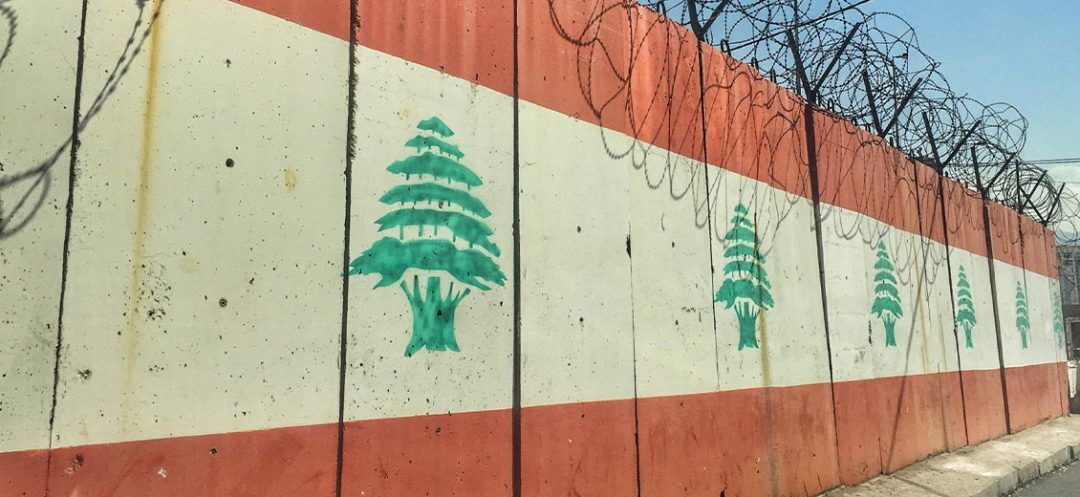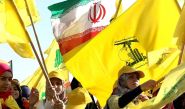
In southern Lebanon, residents are anxiously observing the rapid escalation of military developments since Tuesday. The two waves of explosions from Hezbollah transmission devices earlier this week have instilled widespread fear among the Lebanese people, who are apprehensive about the consequences of this new escalation. The Israeli air raid on Friday in the Beirut southern suburb heightened these anxieties, especially following the killing of a senior Hezbollah military official. The Lebanese population is holding its breath, particularly those in the south, who have been enduring exchanges of fire between Hezbollah and Israel in the border region for over 11 months.
“The bombardments intensified on Thursday evening following Hassan Nasrallah's speech,” says Mona to This is Beirut; she hasn’t left Marjayoun since the southern front opened on October 8.
Earlier that evening, Hezbollah launched multiple rocket salvos at northern Israel, prompting the Israeli army to respond with a series of airstrikes that destroyed around 30 of Hezbollah's firing platforms.
“Over 60 Israeli strikes were reported in the same areas previously targeted, such as Kfar Kila and Odaisseh, as well as near Jezzine and the Litani River,” she adds. This suggests that the recent escalation has not resulted in any significant changes on the ground in the southern part of the country, which is a reassuring sign for the residents.
Familiar with conflicts between Hezbollah and Israel, those who have remained in their villages have learned to interpret the signs. They’ve developed a modus vivendi that shields them from Israeli attacks. “It’s crucial not to approach the border during wartime or engage in unusual behaviors that might provoke the Israelis,” explains a resident of Khiam, suggesting that the Israelis are also aware of the villagers' routines within their line of sight.
Mona notes that there were few pager and walkie-talkie explosions in Marjayoun or other border villages. However, she acknowledges that residents, like people throughout the country, are deeply anxious about what might happen next. Nonetheless, they are not at the point of leaving their villages, and families that remain in the southern areas do so for various reasons.
Some families are dedicated to ensuring their children's education, as evidenced in Marjayoun, where private schools reopened their doors on Tuesday. This choice has been well-received by students, who, according to Mona, prefer in-person learning to online classes.
Last winter, schools remained closed, forcing students to grapple with numerous challenges associated with online learning, including unreliable internet connections.
Meanwhile, some southern residents continue to cultivate their land and raise livestock, taking precautions as needed, particularly in Khiam. “Shepherds just need to avoid getting too close to the border; otherwise, they become targets,” notes a shepherd from the village.
For Wassim, a resident of Hebbariyeh, there has been no change in the geographical scope of Israeli bombings so far.
“In general, the same villages are targeted. These are areas that have already been abandoned and now house Hezbollah positions,” he explains.
Even as diplomatic efforts for resolving the Lebanese-Israeli border issue remain stalled, the strategy adopted by the residents of southern Lebanon remains one of wait-and-see.
Read more



Comments